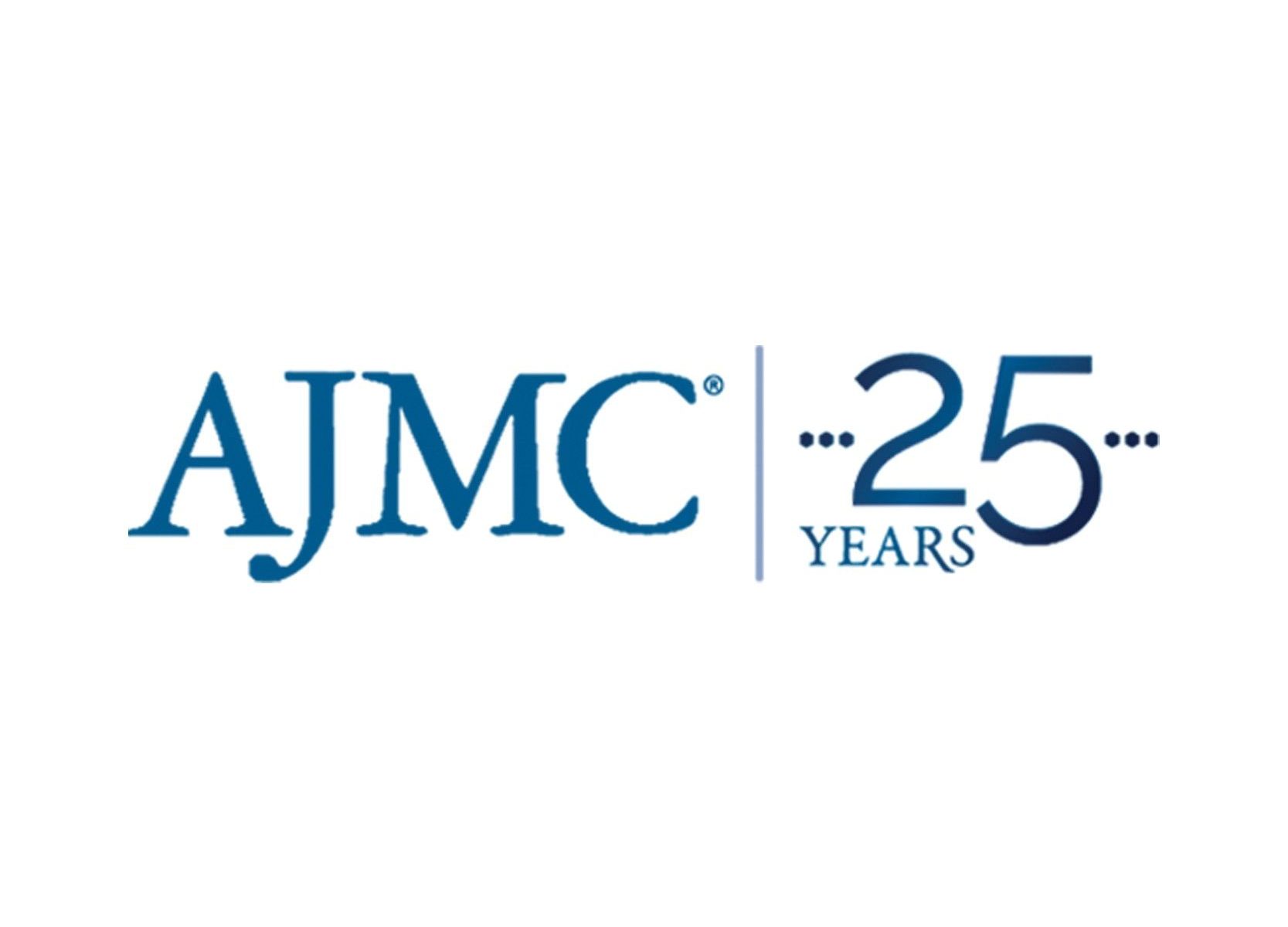HIV, Hepatitis C Testing Rates Remain Dismal Among Injection Drug Users

Despite being at an increased risk for HIV and hepatitis C, persons who inject drugs (PWID) are tested at dismal rates for both: just 8.6% and 7.7%, respectively, according to data from 2010 to 2017. PWID who live in rural communities are more likely to face barriers to adequate testing and care for both diseases.
Despite being at an increased risk for HIV and hepatitis C virus (HCV), persons who inject drugs (PWID) are tested at dismal rates for both viruses: just 8.6% and 7.7%, respectively, according to data from 2010 to 2017 published recently in The Journal of Infectious Diseases.
Overall, disease status for individuals with HIV and HCV was unknown, too, at the alarming rates of close to 70% and 45%. In addition, PWID who live in rural communities were more likely to face barriers to adequate testing and care for both diseases.
“Treating HIV and HCV infections among this high-risk population can help prevent transmission and result in a reduction in incidence,” noted the investigators.
With their primary outcome being to determine HIV and/or HCV testing frequency in the year after an index visit, the study authors used data on 844,242 commercially insured individuals suspected of injection drug use (IDU). The patients ranged in age from 15 to 49 years and had at least 1 clinical encounter (the index visit), between 2010 and 2016, at which they were suspected of using injectable drugs.
They patients were placed in 4 risk groups: substance use or dependence, overdose group, medication-assisted therapy, and skin or soft-tissue infection or endocarditis. In addition, there were 4 categories of places for the index visit: general health clinic, emergency/urgent care, hospital, and other (eg, inpatient rehab, mobile clinic).
Study data were obtained from the 2010-2017 IBM Watson Health MarketScan Commercial Research Database of 21 commercial and 350 large company health insurance plans. The 2003-2017 Truven Health Analytics MarketScan Commercial Claims and Encounters database was used to obtain record information.
The overall results showed infections typically associated with IDU in 64.9% and diagnosed substance abuse or dependence in 31.9%. Most patients also lived in the South (44%), lived in urban areas (85.7%), and utilized general clinics for their medical needs (46.2%).
Accounting for testing for HIV and HCV, the results were similar in both disease cohorts. As previously mentioned, the testing rates were very low in both, coming in at 8.6% (n = 71,938) and 7.7% (n = 65,188), respectively. Certain factors also were associated with a lesser chance of being tested:
- Male compared with female sex:
- HIV: 6.5% versus 10.8% (adjusted odds ratio [aOR], 0.50; 95% CI, 0.49-0.50; P <.001)
- HCV: 6.7% versus 8.7% (aOR, 0.66; 95% CI, 0.65-0.67; P <.001)
- Rural versus urban location:
- HIV: 5.9% versus 9.0% (aOR, 0.67; 95% CI, 0.65-0.69; P <.001)
- HCV: 5.8% versus 8.0% (aOR, 0.75; 95% CI, 0.73-0.77; P <.001)
- Receiving care for skin infections versus not:
- HIV: 7.0% versus 11.6% (aOR, 0.91; 95% CI, 0.87-0.95; P <.001)
- HCV: 5.8% versus 11.3% (aOR, 0.90; 95% CI, 0.86-0.95; P <.001)
“Our study demonstrates the need for increasing HIV and HCV testing of persons with clinical indications of IDU or substance use disorder,” the authors concluded. “Persons who inject drugs or persons with a substance use disorder are a priority population for HIV and HCV testing. Identifying persons during a clinical encounter who might be at risk and performing HIV and HCV testing provides an opportunity for increased public health impact.”
The study authors believe that a combination of factors have led to these lower testing rates in certain populations. These include the stigma PWID face, time constraints, and language barriers.
References
Bull-Otterson L, Huan Y-LA, King H, Edlin BR, Hoover KW. Human immunodeficiency virus and hepatitis C virus infection testing among commercially insured persons who inject drugs, United States, 2010–2017 [published online January 30, 2020]. J Infect Dis. doi: 10.1093/infdis/jiaa017.
 Pathways Drug Rehabilitation Luxury Addiction Treatment & Detox Center
Pathways Drug Rehabilitation Luxury Addiction Treatment & Detox Center


